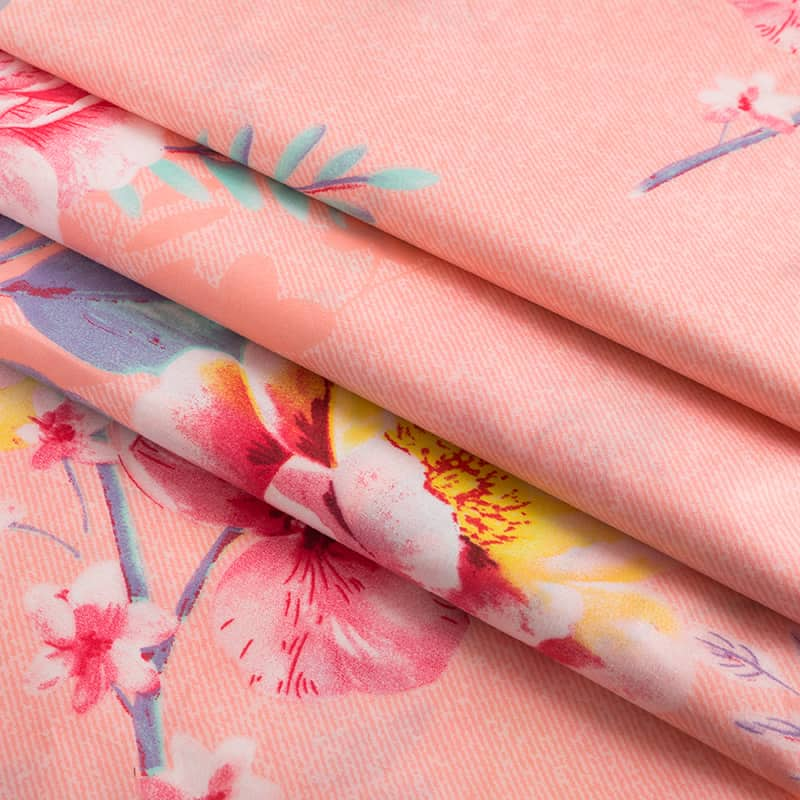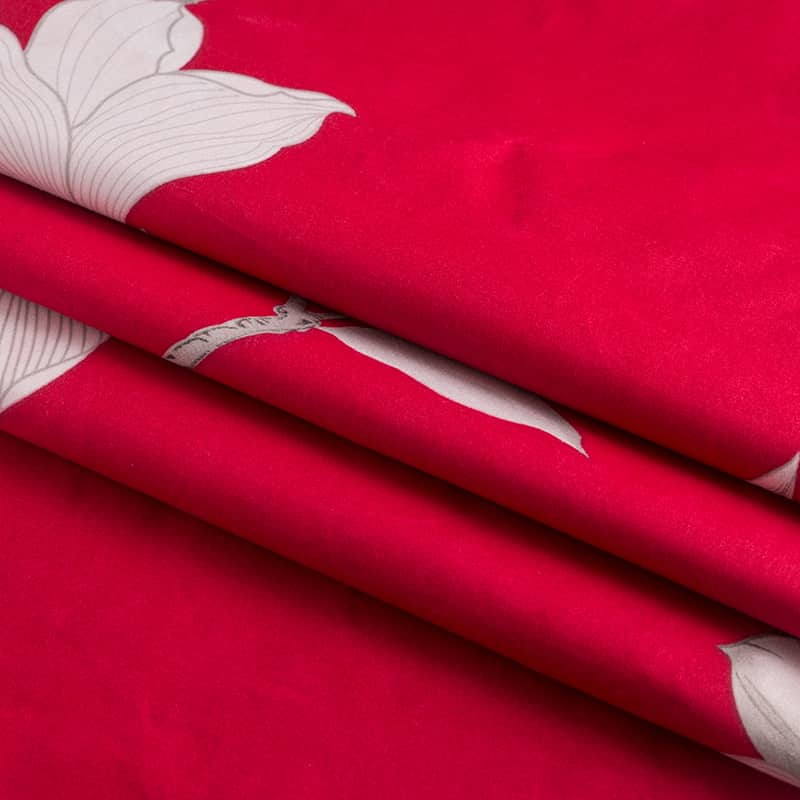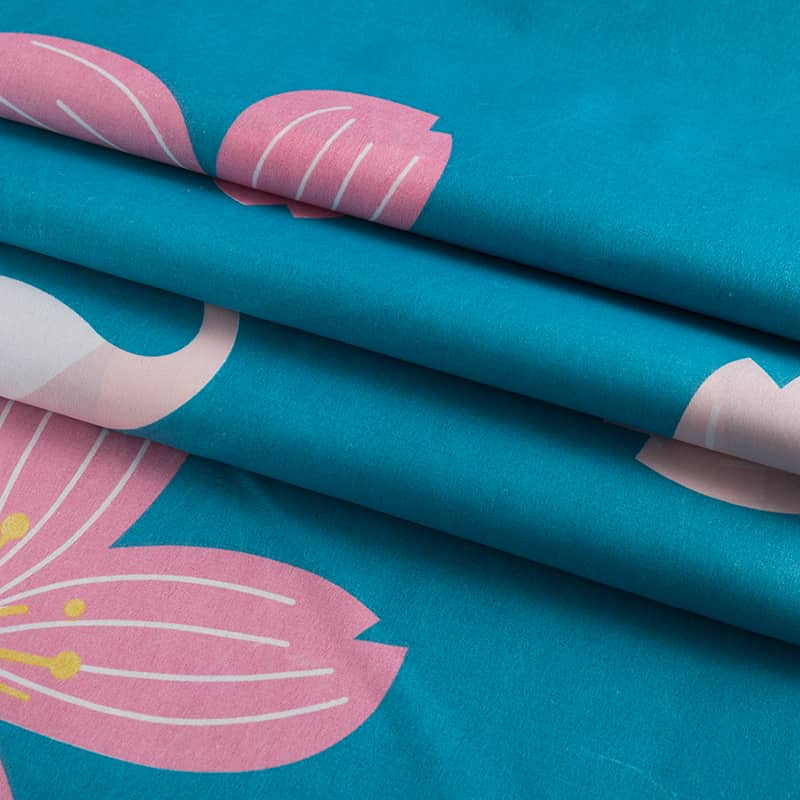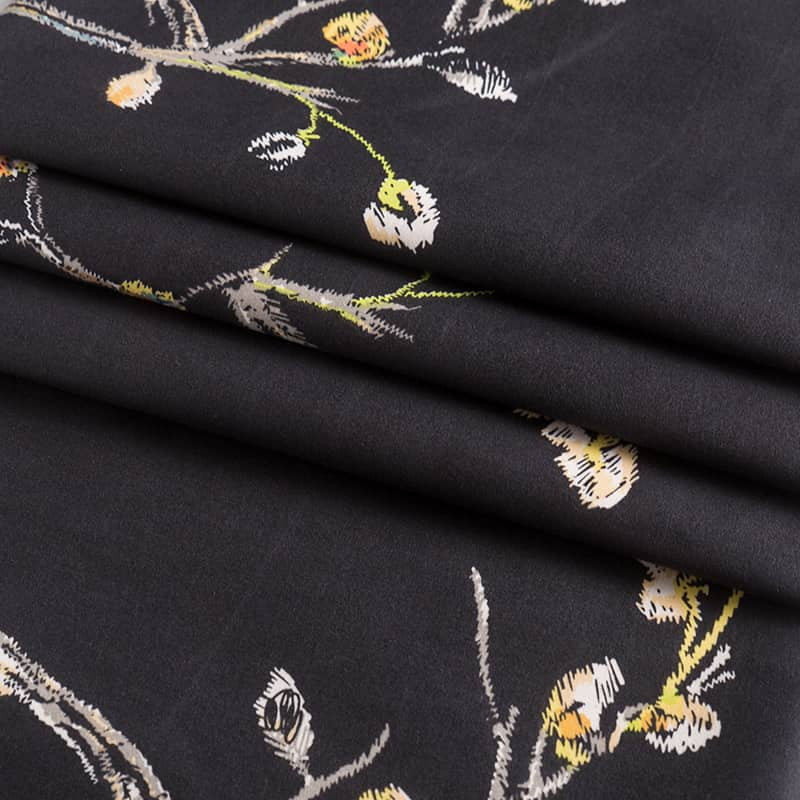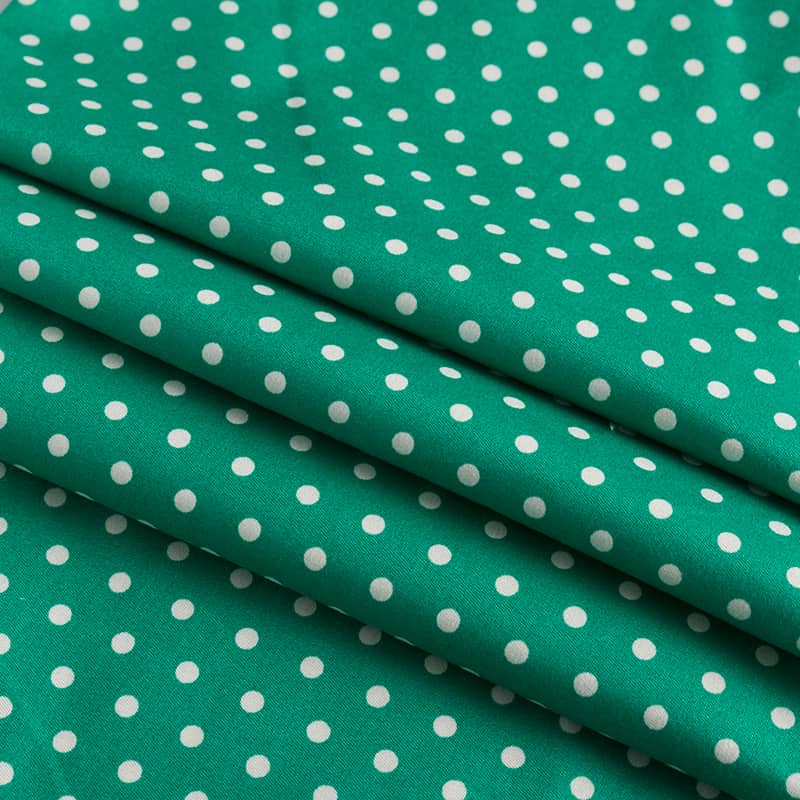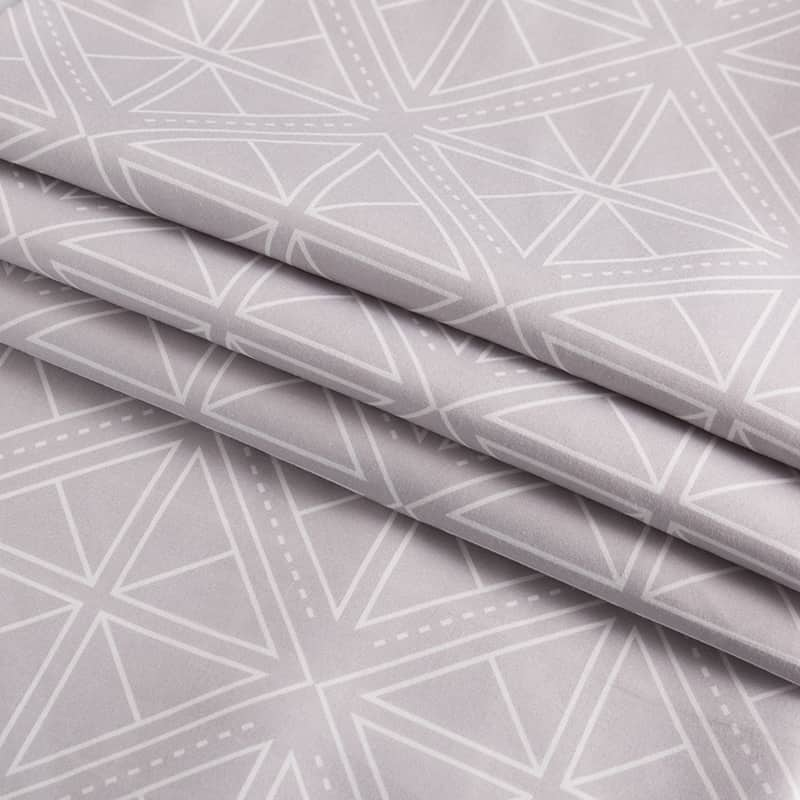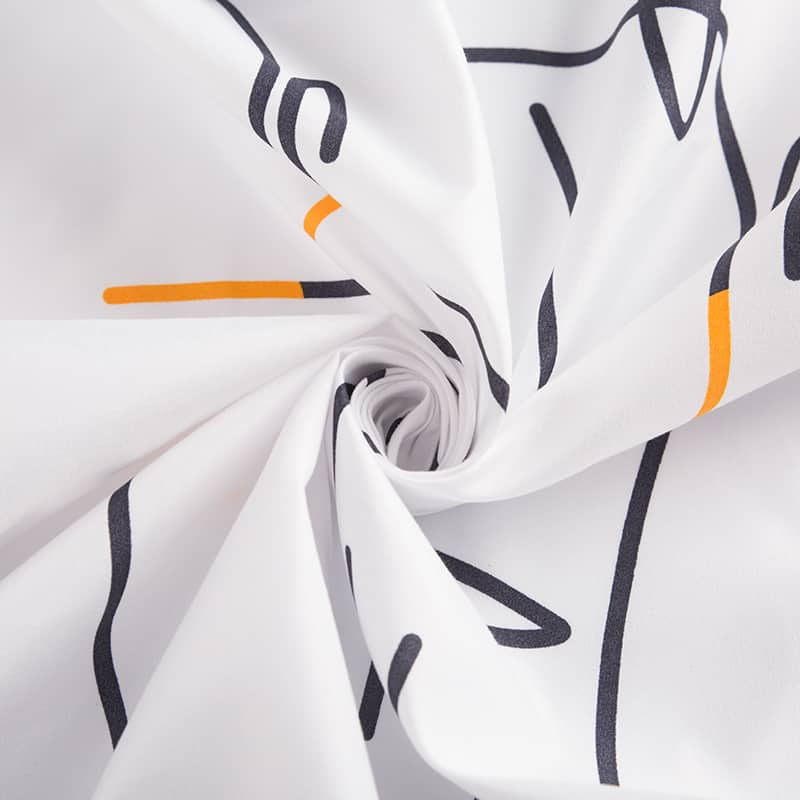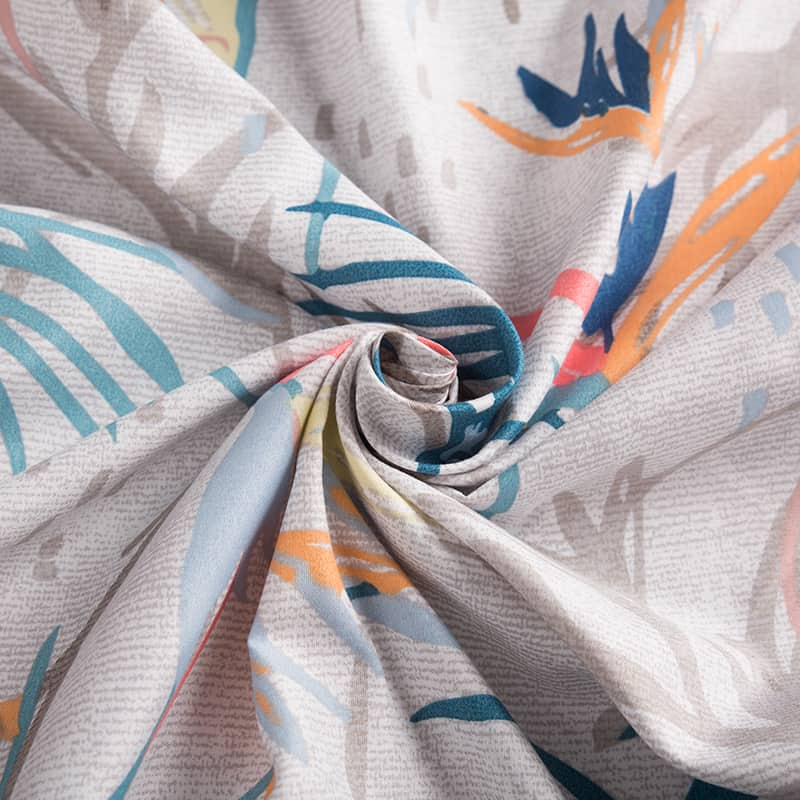Home polyester textile Fabric is one of the most popular fabrics of the last decades and can be found in everything from clothing to housewares. It is also a staple in crafting materials and can be easily manipulated by hobbyists to create whatever they want. The fabric is durable and wrinkle-resistant, making it ideal for use in a wide variety of applications.
Polyester was a hit in the 1950s, and it quickly became the preferred fabric for many apparel items. It was considered to be modern and sleek, easy to wash and dry, and able to resist shrinking. In addition, the fabric was crease-free and resistant to mildew. Consequently, it liberated many women from having to iron their clothes and allowed men to wear suits without having to worry about them becoming wrinkled.
While polyester is a very versatile and widely used fabric, it does have some downsides. It is not very soft, and it can feel itchy to the skin. In addition, the fabric is not absorbent, and it may feel damp or clammy in warm or humid weather. Also, the fabric can shed tiny toxic fibers when it is washed or worn, which can be unknowingly ingested by humans or leached into drinking water supplies.
Polyester is a synthetic material, and it takes hundreds of years for it to break down when discarded. It can also be a major pollutant in the environment, as it can take up to ten times longer than cotton or wool to decompose and can release thousands of toxic chemicals into the air and soil. Moreover, it is not as biodegradable as natural materials such as cotton or silk and can emit toxic fumes when burned.
Nevertheless, it is not as harmful to the environment as other synthetic materials such as nylon and vinyl. It is also relatively inexpensive and readily available at stores that sell textiles and crafts. It can be found in almost all garments and household items, including shirts, pants, and coats.
It is also a common choice for outdoor apparel like parkas and windbreakers because it is both moisture-resistant and durable. In addition, it can be bought in blends with other materials such as nylon for a stronger and more resilient product. In such cases, the fabric is usually marked to indicate the percentage of each material in the product.
Polyester and polyester/nylon blends are also important for a variety of household textile and decor items such as microfiber towels, blankets, curtains, and bed sheets. In addition, it is a vital component for the production of upholstered furniture and is often used as filling in pillows and mattresses.
In order to remove oil stains from polyester, you should first wash it in the washing machine with an effective cleaning detergent that is suitable for synthetic fabrics. You can try HEX Performance Laundry Detergent, which is formulated to be gentle on synthetics while still being effective. Afterward, you should rinse and hang the item to allow it to dry. If the stain persists, you can also apply a baking soda paste to the area.



 英语
英语 西班牙语
西班牙语
